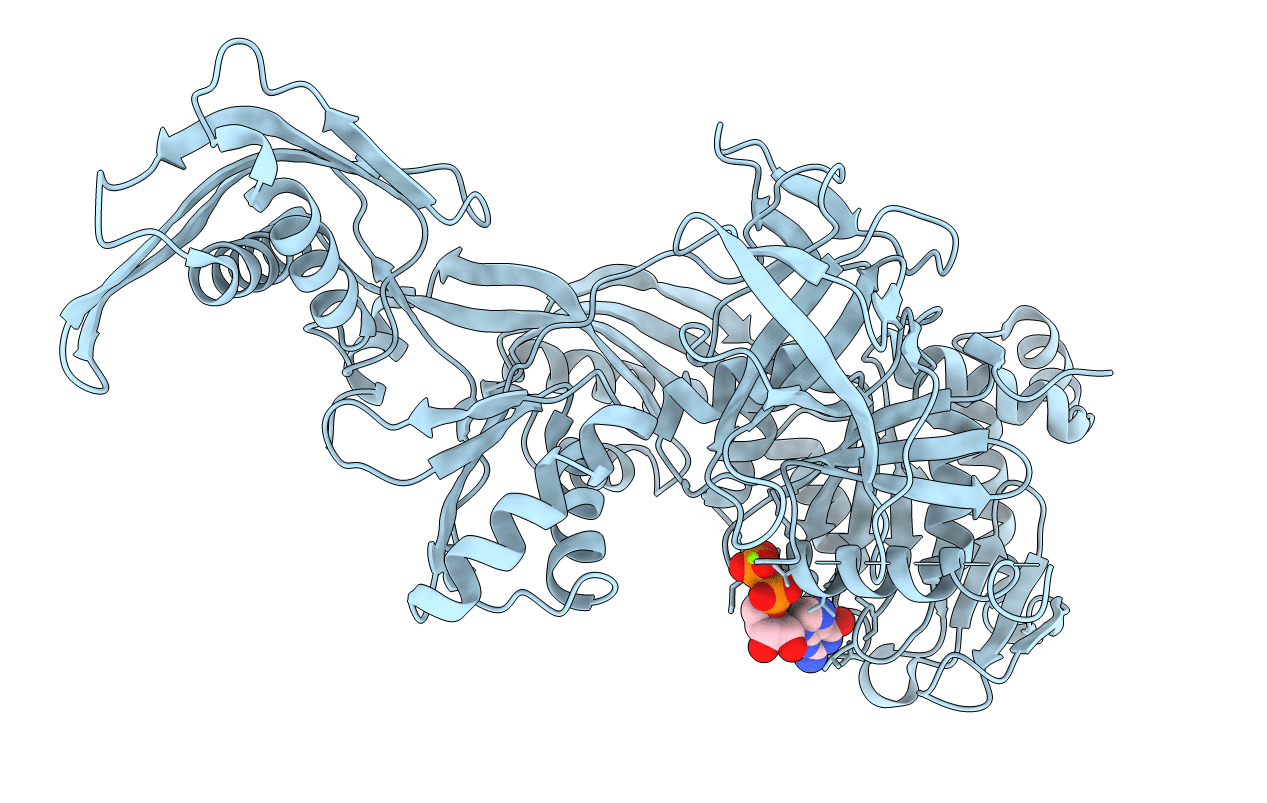
Deposition Date
2005-03-09
Release Date
2005-05-04
Last Version Date
2023-12-13
Entry Detail
PDB ID:
2BM0
Keywords:
Title:
Ribosomal elongation factor G (EF-G) Fusidic acid resistant mutant T84A
Biological Source:
Source Organism:
THERMUS THERMOPHILUS (Taxon ID: 274)
Host Organism:
Method Details:
Experimental Method:
Resolution:
2.40 Å
R-Value Free:
0.27
R-Value Work:
0.21
R-Value Observed:
0.21
Space Group:
P 21 21 21


